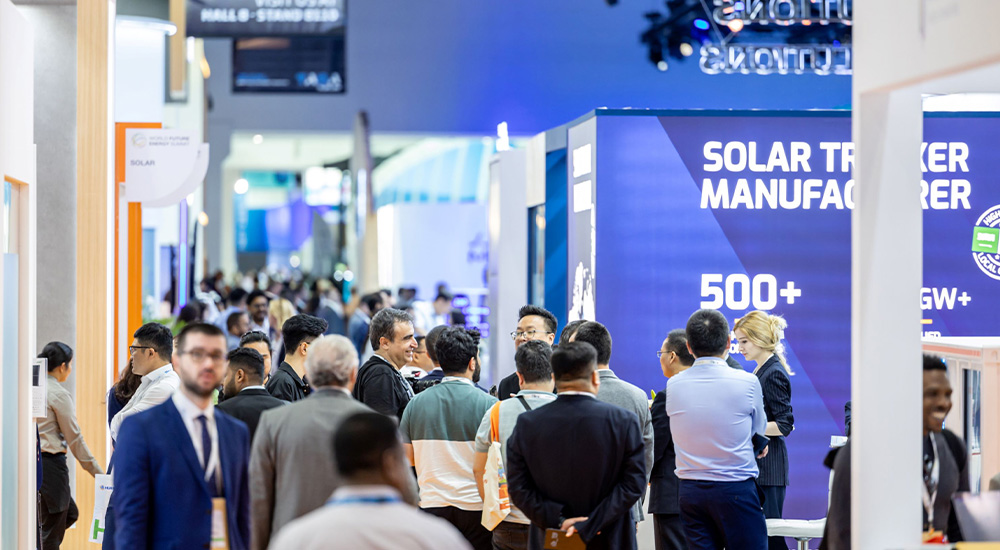The MENA region’s ambitious renewable energy transition is poised to be accelerated at pace when the World Future Energy Summit hosts the dedicated Clean Energy & Solar Conference and Exhibition at the Abu Dhabi National Exhibition Centre (ADNEC) in January 2025.
The event’s solar exhibition, the largest of the six verticals, will host over 100 exhibitors in January, covering innovative product categories such as energy storage technologies, photovoltaic cells and modules, rooftop solar PV systems, utility-scale PV systems, as well as hosting several regional and international trade and industry associations, government regulators, and utility companies.
As countries across the region progress an assortment of renewable energy agendas, the conference and large-scale exhibition vertical will bring together a powerhouse gathering of industry experts, innovators, and investors to explore the latest developments, strategies, and innovations shaping the clean energy and solar sector.
Pivotally, the Clean Energy & Solar Conference, which will run on January 14-16, 2025, arrives as many regional government’s long-term energy commitments – linked to wider national development and economic diversification initiatives – come into focus five years ahead of 2030 expiry dates.
At the tip of the renewables spear, GCC member states boast some of the world’s highest solar exposures with their geographical position in the heart of the global sunbelt, making Gulf countries an ideal global hub for solar energy development. ScienceDirect estimated that GCC countries plan to add an estimated 66 gigawatts (GW) of utility-scale renewable energy by 2030, driven by a pressing need to transition from fossil fuels.
According to a new report from the International Energy Agency, the combined objective of MENA countries is to reach 201 GW of renewable capacity by 2030. While the main-case forecast falls 26 per cent short of the 2030 target, not all countries will miss their announced ambitions. Saudi Arabia, Egypt, and Algeria are responsible for nearly 60 per cent of the region’s total renewable energy mix, but are currently tracking short on installed capacity ambitions. The UAE, Oman, and Morocco, meanwhile, are all expected to exceed end-of-decade targets.
Across the Middle East, multi-billion-dollar investments are making an unprecedented pipeline of major upcoming solar, wind and hydrogen production facilities. While the UAE and Saudi Arabia lead, the breadth and ambition of projects should be seen as a regional commitment to clean energy. In terms of investment, the largest is Noor Energy 1, a US$4.3 billion project, managed by Dubai Electricity and Water Authority, that will include the world’s tallest solar tower (260 metres), making it one of the most advanced mixed solar technology projects in the world. Saudi Arabia is investing US$1.5 billion in its Red Sea Solar Project, which will provide power to the Red Sea Development, which has a 100 per cent renewable energy target and is part of the Kingdom’s broader push for sustainable tourism.
“This conference comes at a crucial time as regional players pursue ambitious renewable energy targets by 2030,” said Hinde Liepmannsohn, Executive Director of MESIA who are releasing their Solar Outlook Report 2025 at the Summit. “Saudi Arabia is aiming to generate 50 per cent of its electricity from renewables, the UAE plans to triple its renewables contribution, Oman is targeting the generation of 30 per cent of its electricity from renewables, and Qatar intends to boost the share of renewables in its power mix from five per cent to 18 per cent.




















